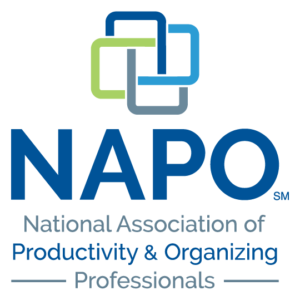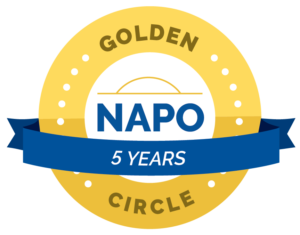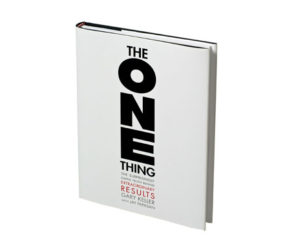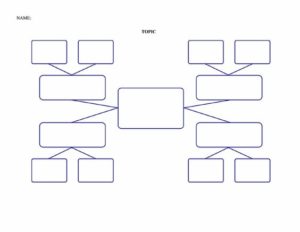Organizing doesn’t have to be incredibly time-consuming or daunting.
Here are a few quick projects that can get you motivated.
- Create A Calendar
- Find a calendar that fits your needs and style: wall calendar, day planner, custom spreadsheet, etc.
- Fill in non-negotiable obligations.
- Create an area to document tasks to get done during the month.
- Categorize tasks by A/B/C priority.
- Schedule tasks around non-negotiable obligations.
- Check/update calendar on a daily basis.
- Clean Out A Drawer (pick a drawer, any drawer)
- Take everything out.
- Sort items by purpose (do they even belong there?).
- Throw away anything that isn’t functional; donate items that are functional that you don’t use.
- Thoroughly clean the drawer.
- Containerize like items together as much as possible.
- Clean One Refrigerator Shelf (or pantry shelf, medicine cabinet shelf . . . you get the idea)
- Take everything out (seeing a trend?)
- Check expiration dates; throw out anything past expiration date.
- Categorize items by function: condiments, snacks, salad dressings, etc.
- Thoroughly clean the shelf.
- Containerize like items together as much as possible.
- Create A Mail Station
- Choose a place: Your mail station should be wherever you regularly open the mail.
- Put a recycling bin and shredder as close to the mail station as possible.
- Create an area to put items that need further work: bills to pay; invitations to respond to; filing, etc.
- Place any important dates on your calendar.
- Ongoing: Unsubscribe from unwanted catalogs or direct mail items using: http://www.catalogchoice.org/, http://www.dmachoice.org/, http://www.yellowpagesgoesgreen.org/, and http://www.optoutprescreen.com/
- Clean Out Your Purse/Wallet/Briefcase
- Take everything out (there it is again!)
- Vacuum/wipe out the inside; wipe the outside down with appropriate cleaning agent (vinyl can tolerate antiseptic wipes, leather cleaner, etc.).
- Reorganize by function: sunglasses/reading glasses in one section; small cosmetic bag in another; wallet in another. If the purse/briefcase doesn’t have sections, consider investing in an organizer.
- Scan front/back of important cards/documents in case the purse/wallet/briefcase is lost or stolen.
- Clean Out Car Interior
- Remove all the garbage.
- Wipe down surfaces with a duster or soft rag. Use mild detergent where appropriate and safe for surfaces.
- Clean windows and vacuum seats.
- Create a place for a small garbage can/bag.
- Containerize like items: one container for reusable shopping bags; others for emergency kits (see below), etc.
- Create Emergency Kits: 2-Part Project
Part 1:
- Check for dealer-supplied items already stored in the vehicle/home.
- Find appropriately sized containers for the available space.
- Gather the following supplies for the “Everyday Situations” kit: paper towels, granola bars, water, blanket, coat, gloves, flashlight/batteries, etc.
- Gather the following supplies for “Emergency Situations” kit: first aid kit, flat tire repair kit, flares, jumper cables, etc.
- Make a list of needed supplies and containers.
Part 2:
- Acquire needed supplies and containers.
- Add them to the kit.
- Create a list of items in each kit and check semi-annually for expiration dates. Replace anything used or out of date.
- Create a Meal Plan
- Check refrigerator to see what needs to be used within the near future.
- Create a meal plan for the week.
- Plan at least one day for leftovers.
- Post meal plan for the entire family to see.
- Create a weekly master shopping list.
- Clean Out The Linen Closet
- Take everything out (Darn! There it is again!)
- Sort by function: sheets, towels, etc.
- Secondary sort by sheet/towel size.
- If possible, designate shelves by function; label sheets and towels by size if possible.
- Donate any items no longer used to a local charity. (Note: your veterinary office may want some of your cast-off towels.)
- Create A Household “To Do” List
- Make a list of tasks you perform on a regular basis.
- Consult with others in the home who perform regular maintenance and include their items on the list also.
- Separate tasks by frequency: weekly, monthly, quarterly, semi-annually, etc.
- Create a spreadsheet or other document capturing regular tasks.
- Designate responsibility across appropriate household members.
- Review list weekly.
Even small projects can have a large impact.
Cindy Jobs, COC, ACC
Looking for more information?
Click here for 15-minute organizing tips.
National Association of Productivity & Organizing Professionals, Seattle Chapter Vice-President
International Coach Federation
Institute for Challenging Disorganization
Level I Certificates earned in Chronic Disorganization; ADD; Client Administration; Time Management; Mental Health; and Hoarding.
Level II Specialist Certificates earned in Chronic Disorganization and AD

















